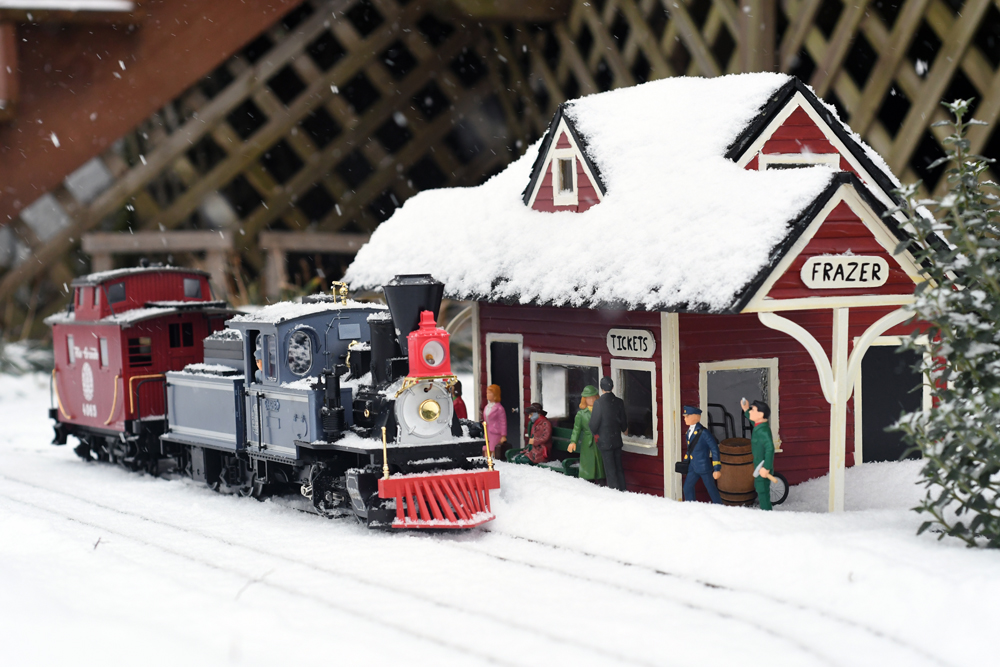
Enjoy a selection of photos of garden railroading in the winter. If you run your railway in the snow and have photos or video, let us know at editor@gardenrailways.com. You could be featured in a future article! Richard Ormond Chester Valley Garden Railroad Richard Ormond owns the Chester Valley Garden Railroad in Malvern, Pa. He […]
Read More…
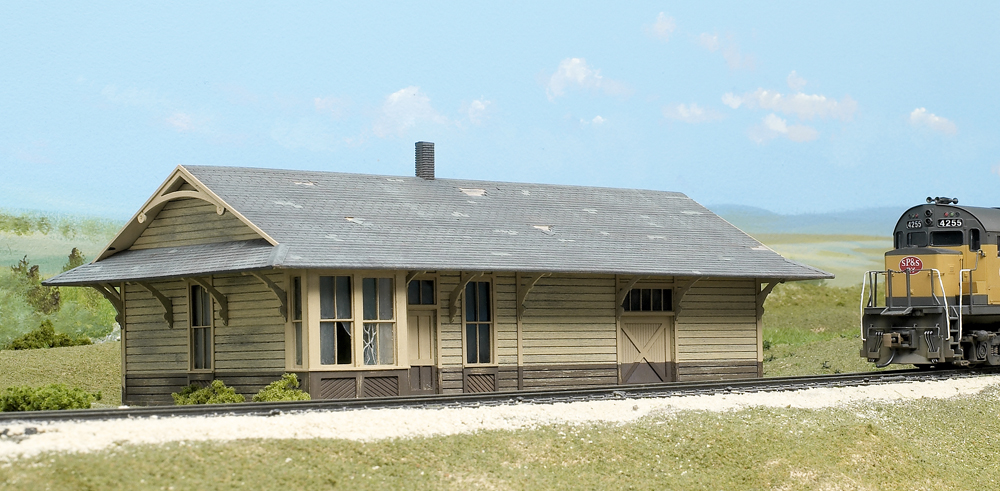
Model a weather-beaten wood structure: In model railroading, weathering is typically associated with freight cars and locomotives. However, structure weathering is another way to add realism to a layout. Peeling and faded paint, a roof in need of repair, and broken glass are just a few of the ways to turn an ordinary structure into […]
Read More…
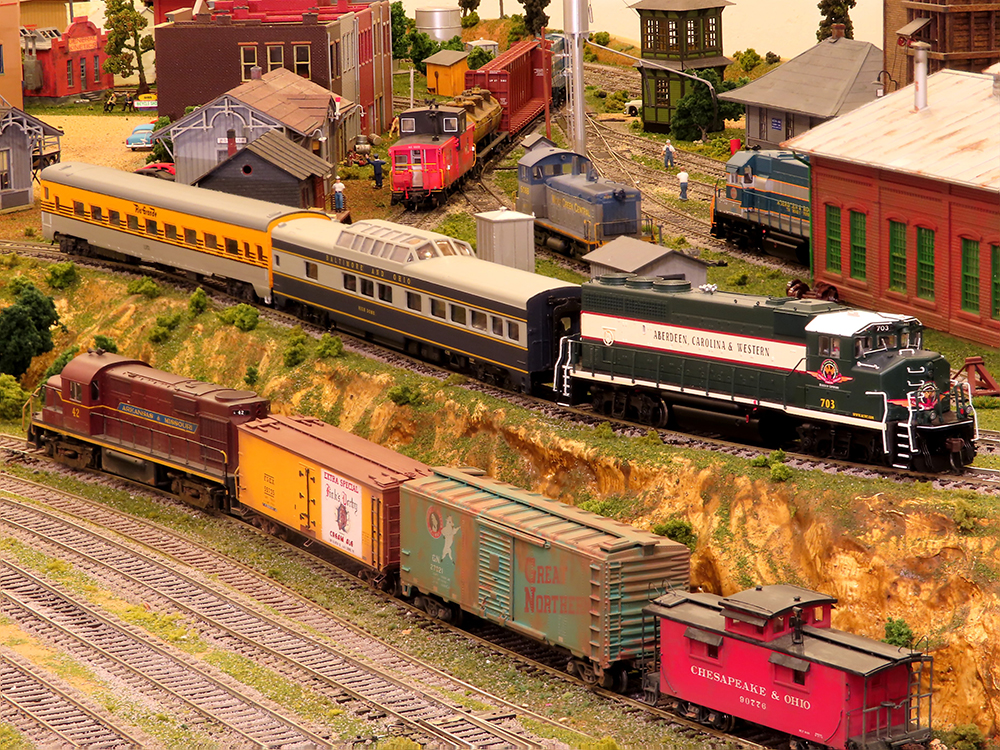
A John Armstrong inspired layout: In March of 1952 Model Railroader magazine began a series called Track Plan of the Month. A frequent contributor was John Armstrong, an undisputed genius of model railroad planning. Armstrong designed two track plans for the September 1953 issue. John rotated the center line of the layouts’ footprints 45-degrees and […]
Read More…
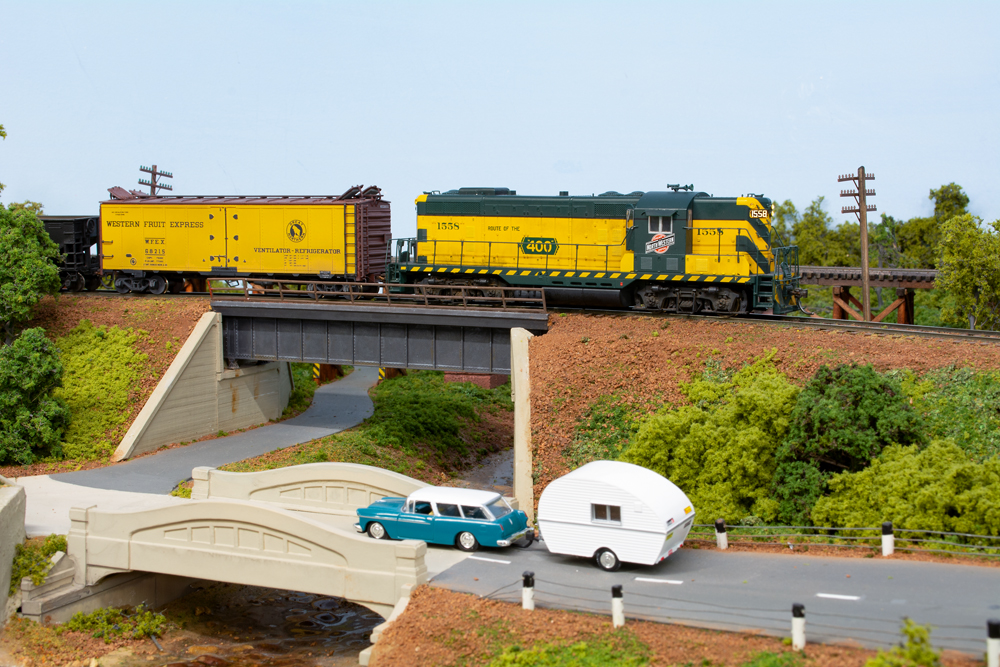
Six model railroad photography tips. Whether it’s a feature for the pages of Model Railroader or an article for the Trains.com website, photography can make or break a story. Readers and website viewers expect quality images that are sharp, well composed, and free of distractions. There have been more than a few times in my […]
Read More…
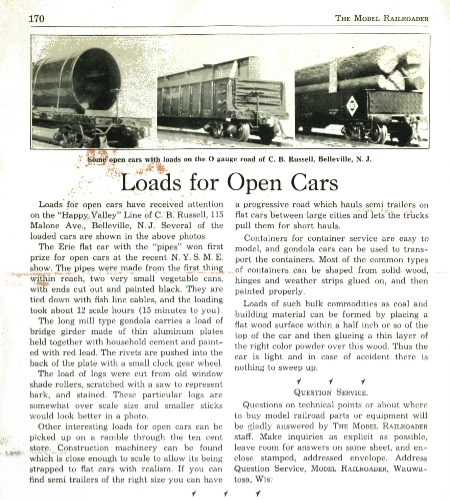
Looking at old Model Railroader back issues, I found poisonous model railroad materials. I give those hobbyists a lot of credit; you couldn’t drive over to the hobby store and pick up ground cover or resin to make a water feature. You often used materials from the hardware store, or whatever you had on hand. […]
Read More…
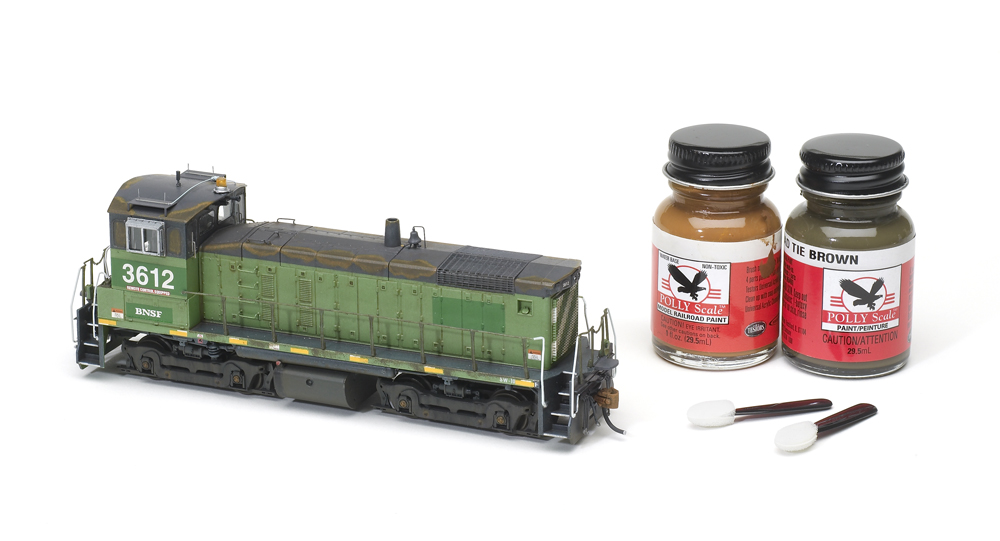
Using cosmetic applicators for weathering: When I asked my wife if we could walk through the cosmetic department at the local drugstore, she gave me a puzzled look. However, this part of the store is home to some fantastic weathering tools, including foam-tipped cosmetic applicators. I used the applicators to simulate rust and paint wear […]
Read More…
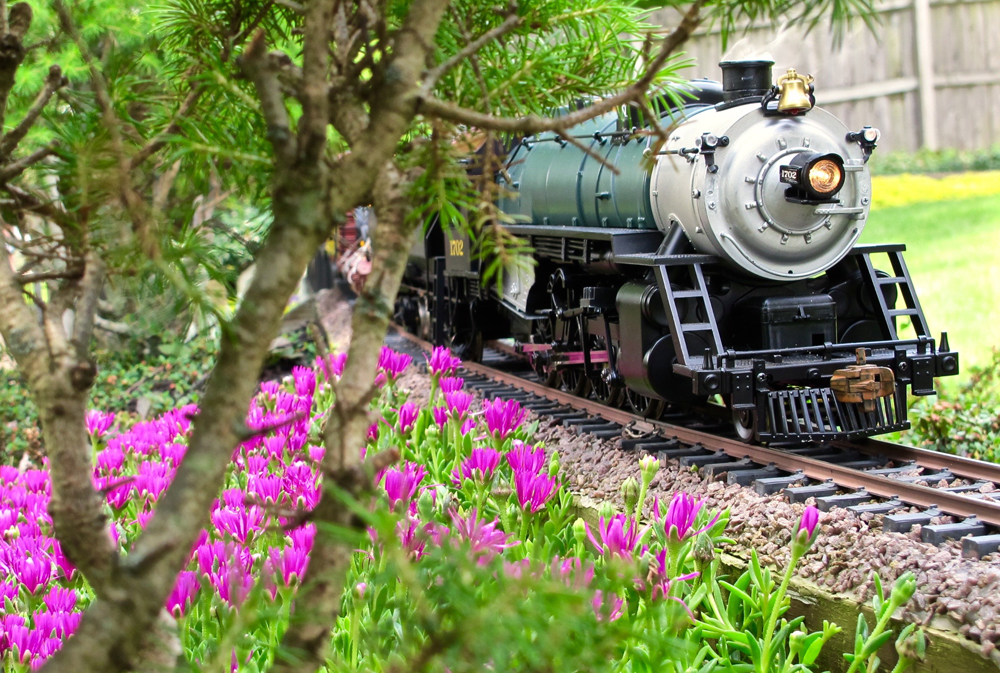
Trailing ice plant Common name:
Trailing ice plant, Cooper’s ice plant Latin name:
Delosperma cooperi USDA Hardiness Zones: 6 to 9 Cultural needs: Well-drained soil, sun or part shade Plant size: 3-inches high by 3-feet wide Sometimes called hardy ice plant or purple ice plant, this low succulent is not to be confused with the […]
Read More…
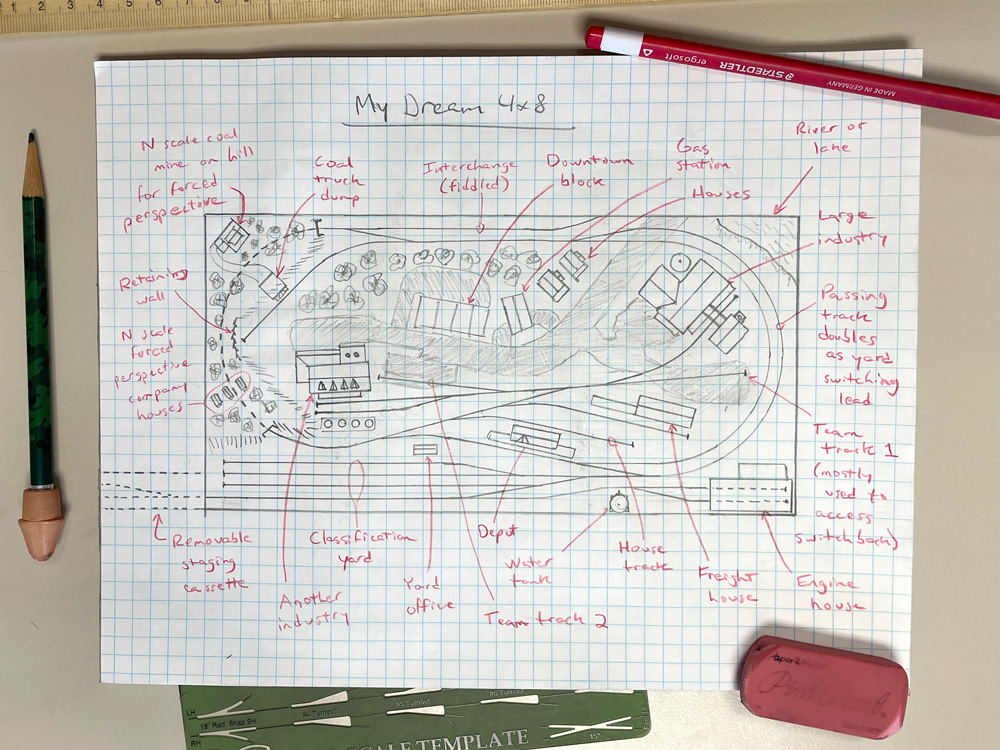
What’s in my dream 4-by-8 model railroad? A yard, continuous operation, and lots of places to switch. Just because you don’t have a lot of room for your model railroad doesn’t necessarily mean you need to give up on your dream layout. You might just need to scale your dreams back a bit. While that […]
Read More…
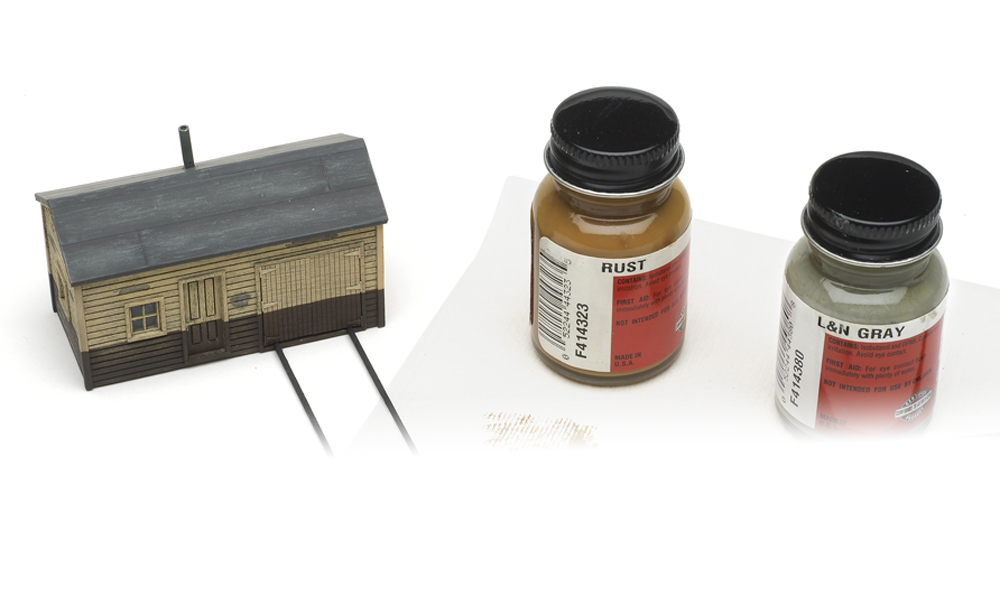
Weathering structures with drybrushing: Drybrushing is one of the easier weathering techniques in modeling. I’ve used this technique for years on structure roofs, such as this HO scale motor car/work shed produced for the Northern Pacific Ry. Historical Society. However, I’ve also used drybrushing successfully to weather locomotive truck sideframes (covered in the April 2010 […]
Read More…
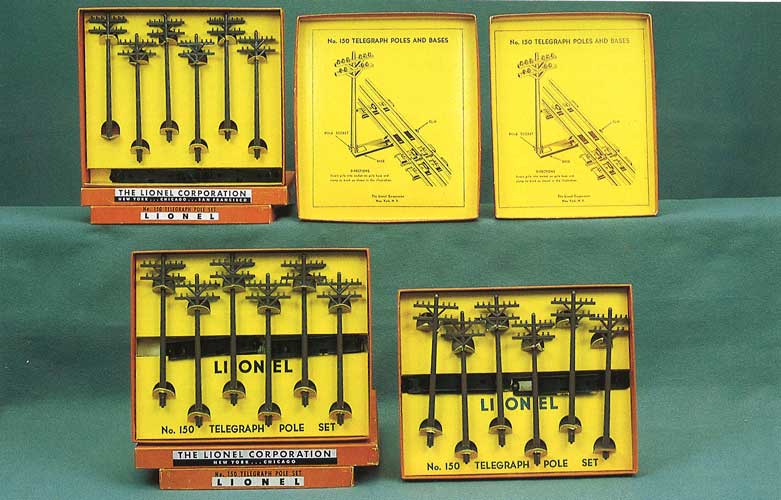
Buying collectible toy train items can be enjoyable and rewarding if you proceed carefully and patiently. Be sure to do your homework on them and the person or business selling them. Once you’ve established personal guidelines about what you want, do some research about the item and its value in different levels of condition. Price […]
Read More…
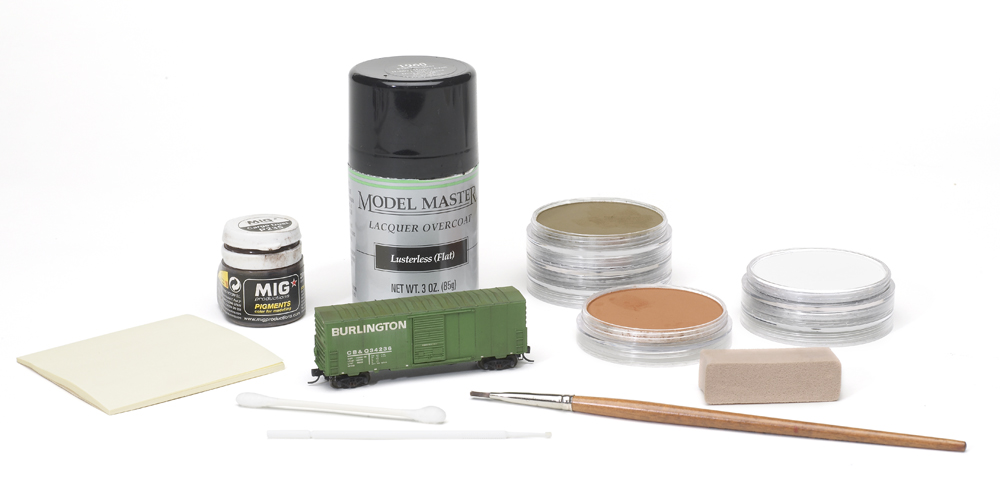
How to weather with powdered pastels: Powdered pastels have long been a popular choice for weathering locomotives, freight cars, and buildings. There are several firms that offer ready-to- use weathering powders, or you can make your own by scraping pastel sticks with a hobby knife. I started work on this N scale Micro-Trains boxcar by […]
Read More…
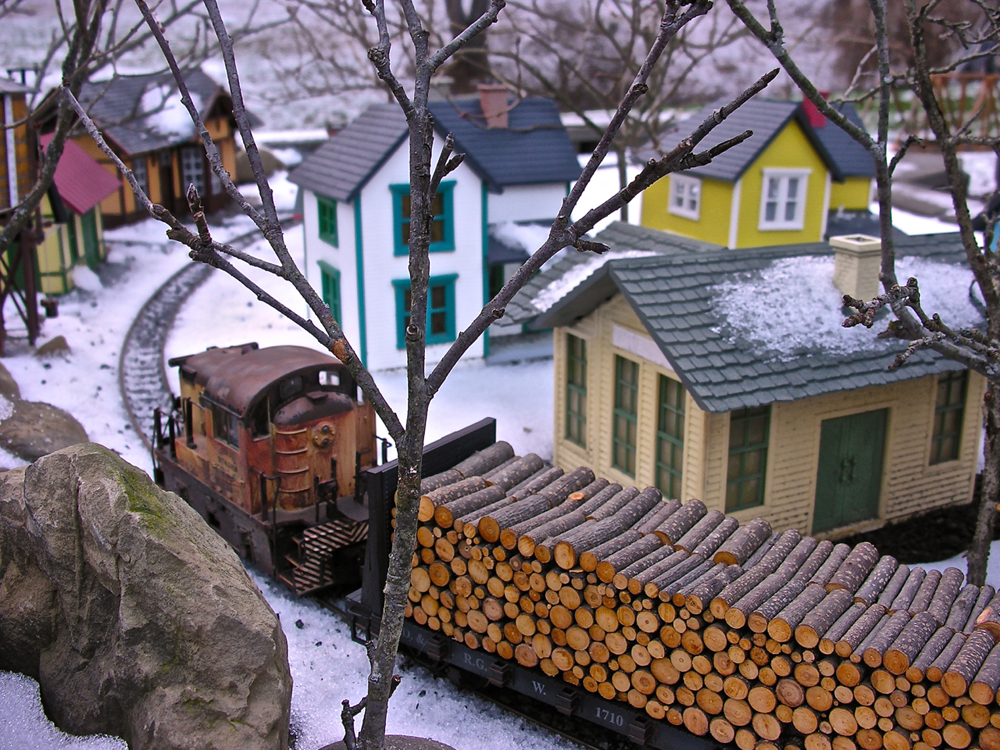
I am a member of the Genesee G Gauge Railway Society and enjoy garden railroading in the snow. My Crow Haven line is in Springwater, NY and was built over the last five years. It is comprised of 300+ feet of track on three levels, three trestles, 72 buildings (each with solar lights), 24 diecast […]
Read More…












